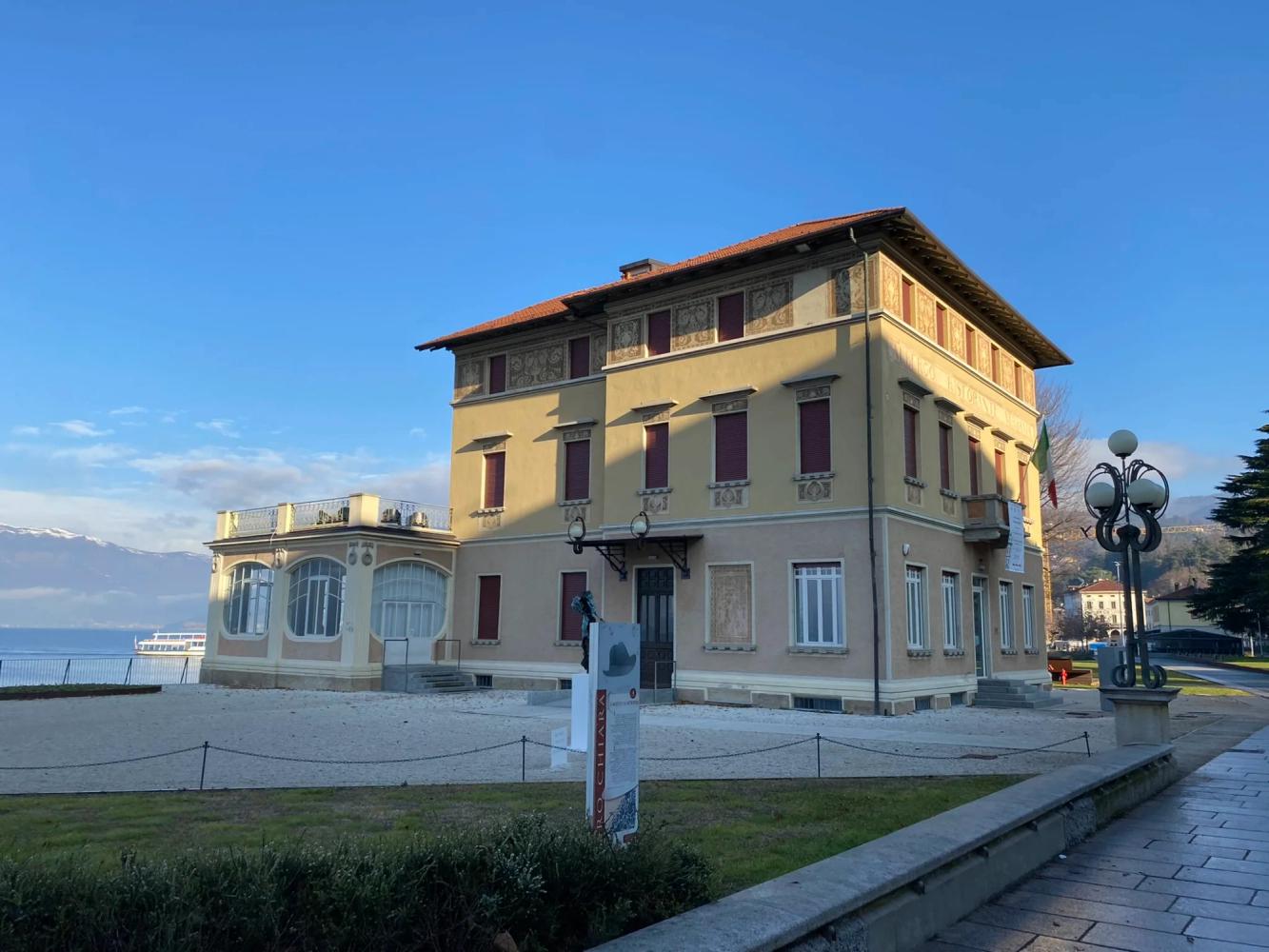Palazzo Verbania: An Art Nouveau Jewel on Lake Maggiore
Overlooking the shores of Lake Maggiore in Luino, Palazzo Verbania is a historic building that embodies the elegance of Art Nouveau and chronicles more than a century of history and culture.
A Journey Through Time at Palazzo Verbania
- - Built in 1904-1905 to the design of architect Giuseppe Petrolo
- - Initially known as Kursaal, an elite meeting place
- - Transformed into a Verbania hotel in the 1920s
- - Reopened in 2019 as a cultural center after careful restoration
Palazzo Verbania: Cultural Center of Excellence
- - Permanent home of the archives of Vittorio Sereni and Piero Chiara
- - Hosts exhibitions, events and conferences
- - Reference point for art, literature and cultural debate
Plan Your Visit to Palazzo Verbania
Opening hours:
- - Wednesday and Thursday: 10 a.m. to 1 p.m. & 3 p.m. to 6 p.m
- - Friday: 3:00 p.m. to 8:00 p.m
- - Saturday and Sunday: 10:00 a.m. to 1:00 p.m. & 3:00 p.m. to 6:00 p.m. (alternating, if there are no events)
- - Mondays and Tuesdays: Closed
Services offered by Palazzo Verbania
- - Consultation of archives (upon request)
- - Conference Room
- - Exhibition spaces
- - Panoramic terrace overlooking the lake
- - Infopoint on the ground floor
Explore Palazzo Verbania as an Expert
🌟 Unveil the Secrets of Palazzo Verbania and Lake Maggiore!" 🌟
Our comprehensive guide offers:
Our comprehensive guide offers:
- - In-depth section on Palazzo Verbania written by a local expert
- - Best experiences on the lake
- - Customized Itineraries
- - Exclusive tips and local secrets
- - And much more!
Only €0.00
Instantly in your email!
By purchasing I accept the terms and conditions
The guide is in English
Frequently Asked Questions
Where is Palazzo Verbania located?
Palazzo Verbania is located at Viale Dante Alighieri,5, 21016 Luino (VA)
When was the Palazzo Verbania in Luino opened?
The Palazzo Verbania in Luino was inaugurated on Sunday, May 18, 2019
What is there to do at the Palazzo Verbania?
One can visit the facility, participate in periodic exhibitions and events, consult the archives and library upon request, learn about a piece of Luino's history, and go to the lake-view terrace.
How can I contact the Palazzo Verbania?
One can contact the Palazzo Verbania by phone (0332 543546) or by e-mail (infopoint@comune.luino.va.it).
